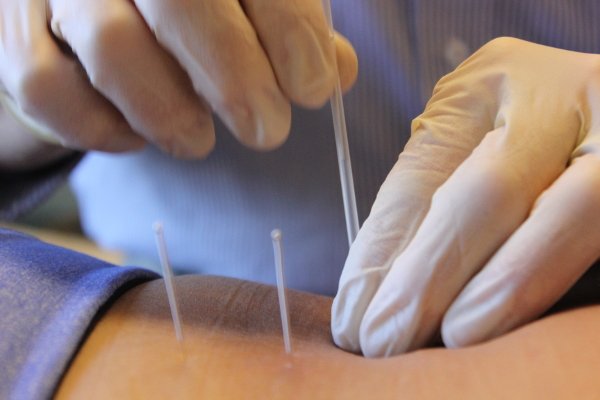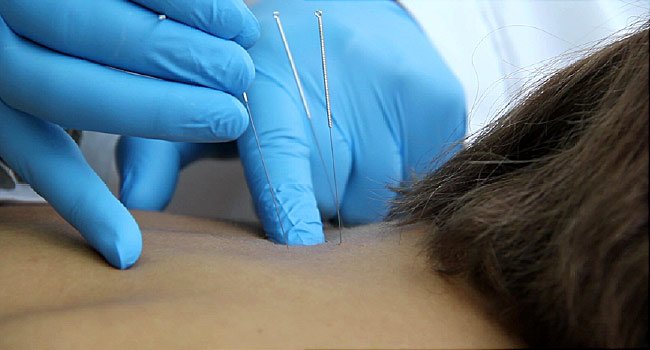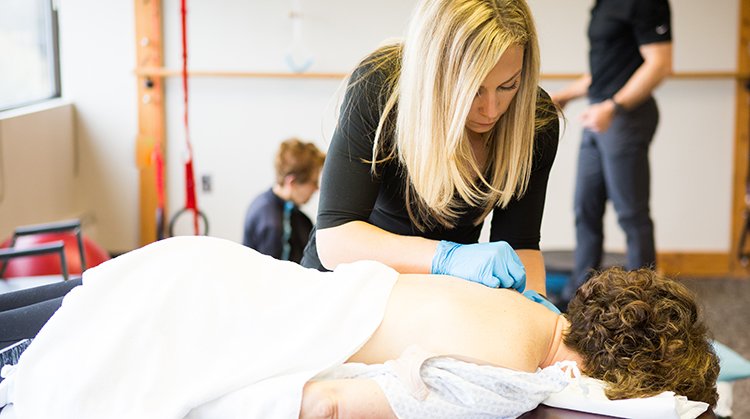
The Role of Dry Needling in Modern Physiotherapy
Discover how dry needling is revolutionizing pain relief and enhancing recovery in modern physiotherapy.
Understanding Dry Needling: What Is It and How Does It Work?
Dry needling is a therapeutic technique used by physiotherapists to alleviate pain and improve muscle function. It involves the insertion of thin, monofilament needles into trigger points, or knots in the muscles, to release tension and promote healing. Unlike acupuncture, dry needling is based on Western medical principles and targets specific areas of muscle tightness and dysfunction.
The process begins with a thorough assessment by a qualified physiotherapist, who identifies the areas of muscle tightness and dysfunction. Once the trigger points are located, the therapist inserts the needles into these points to stimulate a local twitch response, which helps to release the muscle tension and improve blood flow to the area. This, in turn, accelerates the healing process and reduces pain.

The Science Behind this amazing technique:
The science behind dry needling lies in its ability to disrupt the pain cycle and promote the body's natural healing processes. When the needles are inserted into the trigger points, they cause a micro-trauma to the muscle tissue, which stimulates the body's immune response. This leads to increased blood flow, the release of endorphins, and the activation of the body's natural pain-relief mechanisms.
Additionally, dry needling can help to reset the neuromuscular system by breaking the cycle of pain and muscle spasms. This can lead to improved muscle function, reduced inflammation, and enhanced overall mobility. The benefits of dry needling are often felt after just a few sessions, making it a highly effective treatment option for a wide range of musculoskeletal conditions.
Common Conditions Treated with Dry Needling
Dry needling is used to treat a variety of conditions, including chronic pain, sports injuries, and post-surgical recovery. Some of the most common conditions treated with dry needling include: back and neck pain, headaches and migraines, shoulder pain, tennis elbow, and plantar fasciitis.
- Muscle pain relief: Dry needling can effectively treat musculoskeletal pain, such as muscle spasms, tightness, and trigger points. By inserting the needle into the affected area, it stimulates the release of tension and promotes increased blood flow, which can provide immediate relief and reduce muscle soreness.
- Rehabilitation and recovery: Dry needling is often used as part of rehabilitation programs to address muscle imbalances, improve range of motion, and promote faster healing of injured tissues. It can be particularly beneficial for individuals recovering from sports injuries, chronic overuse conditions, or post-surgical rehabilitation.
- Pain management: For individuals suffering from chronic pain conditions like fibromyalgia or persistent musculoskeletal pain, dry needling can provide significant pain relief. By targeting trigger points and releasing tension in affected muscles, it helps to interrupt the pain cycle and restore normal muscle function.
- Improved sports performance: Athletes often experience muscle imbalances and tightness due to repetitive movements or intense training. Dry needling can help address these issues by releasing knots, tension, and adhesions in the muscles. This can result in improved muscle function, reduced risk of injury, and enhanced sports performance.
- Enhanced mobility and flexibility: Restricted range of motion and decreased flexibility can hinder daily activities and impact overall quality of life. Dry needling aids in increasing muscle extensibility, reducing muscle stiffness, and improving joint mobility. It can be particularly beneficial for individuals with conditions like stiff neck, frozen shoulder, or lower back pain.
- Headache and migraine relief: Dry needling techniques targeting trigger points in the neck, shoulder, and head muscles can alleviate tension headaches and migraines. The release of tight muscles in these areas can help reduce the frequency and severity of headaches caused by muscle tension.
Patient Experiences: Success Stories with Dry Needling

Many patients have reported significant improvements in pain and function after undergoing dry needling therapy. For example, athletes have experienced faster recovery times and enhanced performance, while individuals with chronic pain have found lasting relief from their symptoms.
There can be associated soreness post dry-needling session which is gradually decreased after active movement or applying thermal packs to the needle area.
Ready for your First Needling session ?
- Book an appointment with our expert and certified dry needling practitioner for safely and effective administration
- Wear loose and comfortable clothing to allow easy access to the areas that will be targeted during treatment.
- Make sure to drink plenty of water before your session to ensure body is well hydrated.
- Inform your physiotherapist about any medical conditions, injuries or chronic pain you may be experiencing.
Book Now
Contact us:
+91 87567 00567


